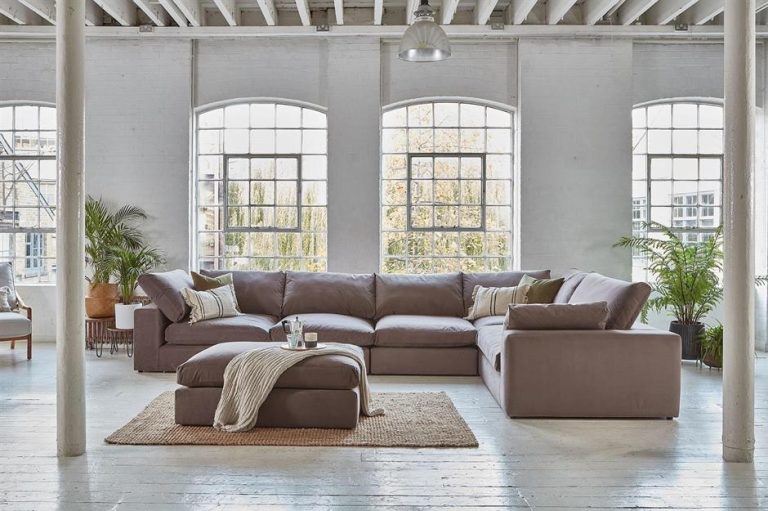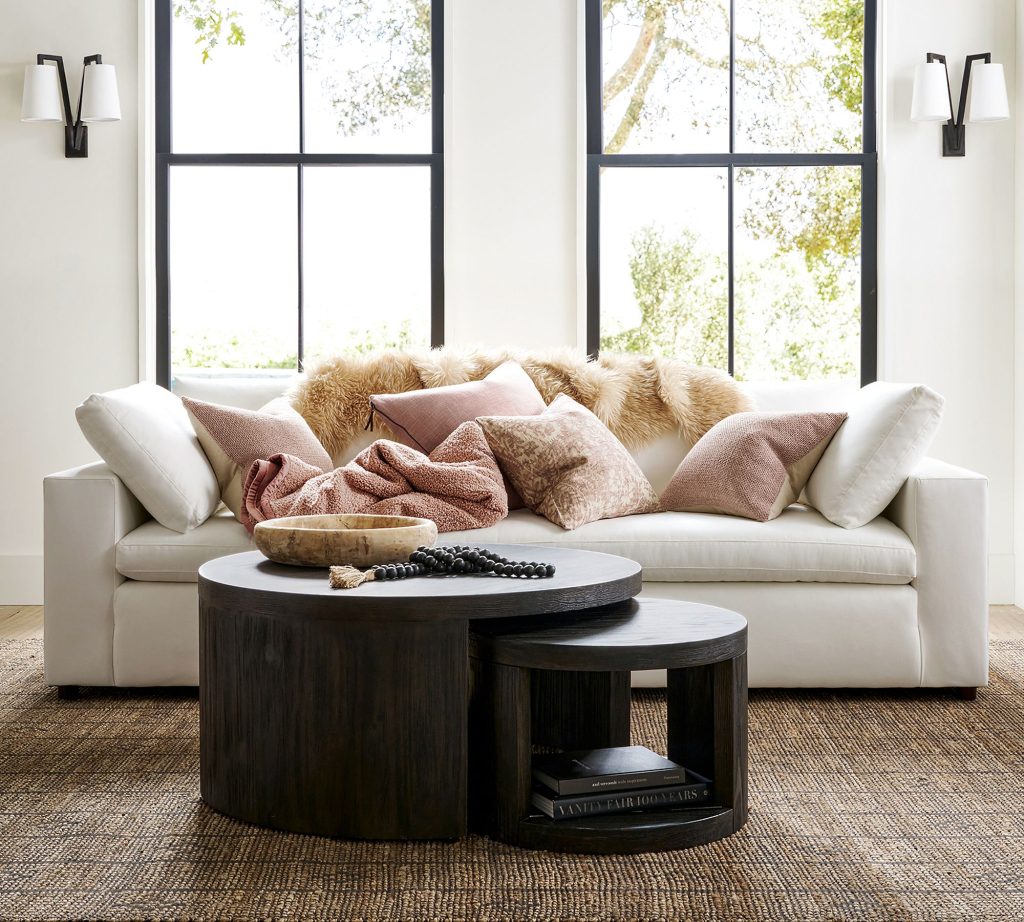Sustainable Furniture Shopping: Brands Leading the Way
In today’s world, the concept of sustainability has become a paramount concern for conscious consumers. One industry that has made significant strides in embracing sustainability is furniture manufacturing. Sustainable furniture not only aligns with environmental and ethical values but also ensures long-lasting quality and functionality. This article delves into the world of sustainable furniture shopping, highlighting the brands that are at the forefront of this movement.
I. Introduction
A. The Growing Importance of Sustainable Furniture
Sustainability is no longer a mere buzzword but a way of life for those who are committed to reducing their environmental impact. Furniture plays a crucial role in this endeavor as it forms an integral part of our daily lives. Sustainable furniture shopping goes beyond aesthetics; it’s about making choices that positively affect the planet.
B. Brands Pioneering Sustainable Practices
Numerous furniture brands have recognized the need to adopt sustainable practices. From sourcing eco-friendly materials to embracing innovative production techniques, these brands are setting the standard for an eco-conscious industry.
II. Sustainable Materials
A. The Role of Recycled and Upcycled Materials
Leading sustainable furniture brands prioritize materials with a reduced ecological footprint. They utilize recycled and upcycled materials, giving a new life to discarded items, which in turn minimizes waste and reduces the strain on natural resources.
B. The Advantages of FSC-Certified Wood
Forest Stewardship Council (FSC) certification is a hallmark of sustainable wood sourcing. FSC-certified wood ensures that forests are managed responsibly, preventing deforestation and protecting biodiversity. Brands that choose FSC-certified wood contribute to the preservation of our forests.
C. Innovative Sustainable Fabrics
Sustainable furniture is not limited to wood alone. Brands are also experimenting with eco-friendly fabrics, like organic cotton, hemp, and recycled polyester. These materials not only reduce the environmental impact but also provide unique textures and aesthetics.
III. Eco-Friendly Production Processes
A. Low-Impact Manufacturing Techniques
Sustainable furniture brands prioritize manufacturing processes that have minimal environmental impact. This includes the use of water-based adhesives, non-toxic finishes, and energy-efficient machinery to reduce carbon emissions.
B. Localized Production and Reduced Carbon Footprint
To further reduce their carbon footprint, some brands opt for localized production. By manufacturing closer to their customer base, they reduce transportation emissions and support local economies.
IV. Design for Durability
A. Quality Craftsmanship and Longevity
One hallmark of sustainable furniture is its longevity. Brands leading the way prioritize quality craftsmanship, ensuring that their products are built to last. This not only reduces the need for frequent replacements but also celebrates the artistry of furniture making.
B. Modular and Repairable Furniture
Innovative designs enable modular and repairable furniture. Brands offer components that can be easily replaced or repaired, extending the lifespan of their products and reducing waste.
V. Minimal Packaging and Waste Reduction
A. Packaging Innovations
Sustainable furniture brands are rethinking packaging. They use eco-friendly materials, minimize packaging size, and employ innovative designs to reduce waste and cut down on transportation emissions.
B. Take-Back Programs and Circular Economy Models
Some brands go a step further by implementing take-back programs. They collect and refurbish old furniture, contributing to a circular economy where products are reused and recycled.
VI. Ethical and Fair Labor Practices
A. Fair Wages and Safe Working Conditions
Ethical furniture brands prioritize the welfare of their workers. They provide fair wages, safe working conditions, and support employee well-being, ensuring that the human element in furniture production is just as sustainable as the materials used.
B. Transparency in the Supply Chain
Transparency is key to ethical practices. Brands disclose their supply chain details, allowing consumers to make informed choices and support companies that align with their values.
VII. Energy Efficiency in Retail and Operations
A. Sustainable Store Design
Brands extend their commitment to sustainability to their retail spaces. Sustainable store designs incorporate energy-efficient lighting, materials, and HVAC systems, creating eco-friendly shopping environments.
B. Renewable Energy Adoption
Leading brands also invest in renewable energy sources to power their operations, further reducing their carbon footprint.
VIII. Customer Education and Engagement
A. Promoting Sustainable Choices
Educating customers about sustainable choices is a core value for these brands. They provide information on eco-friendly materials, responsible consumption, and the environmental impact of their products.
B. Providing Product Life Cycle Information
Brands take transparency a step further by offering information on the entire life cycle of their products, from sourcing to disposal, empowering consumers to make informed choices.
IX. Conclusion
A. Supporting Sustainable Furniture Brands
By supporting brands leading the way in sustainable furniture, consumers can align their homes with their environmental and ethical values.
B. The Path Forward for Sustainable Living
Sustainable furniture shopping is not just a trend; it’s a lifestyle choice that contributes to a more sustainable and harmonious world. Embracing these brands and their practices is a significant step toward a brighter future for both consumers and the planet.













